One of the best features of LibreOffice Writer lies in its customizability. If you’re familiar with Microsoft Word’s settings and layout, it’s a good idea to make LibreOffice Writer look more like Word.
This guide will teach you how to do that in 5 easy steps.
1. Change to ribbon menu
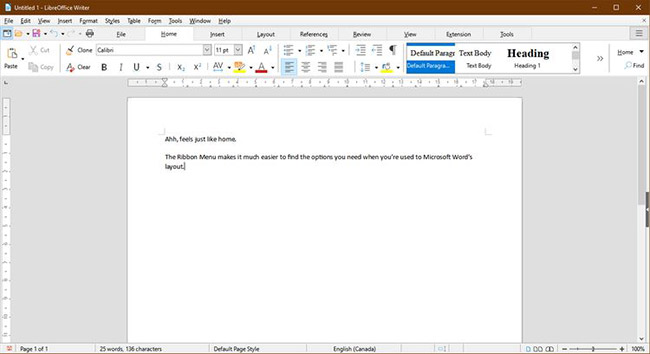
It can be uncomfortable to switch to the standard Toolbar after getting used to Microsoft’s sleek ribbon menus. But you can also use the ribbon in Office Writer! Go View > User Interface and choose Tabbed. Then click Apply to Writer.
You can also change the icons to match Microsoft Word using extensions. Download the .oxt file from OneDrive. Next, copy the file to C:Program FilesLibreOfficeshareconfig. In LibreOffice Writer, go to tab Extension and choose Manage.
In the menu Extensions, choose Add and select the .oxt file you just downloaded. You will need to restart LibreOffice to see the changes. Finally, go to Tools > Options > LibreOffice > View and choose Office13 from the menu Icon style.
2. Set System Default Options
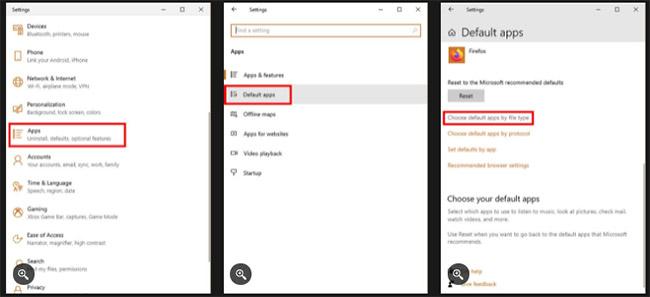
One annoying thing about switching to a new program is when the computer keeps trying to open files in the old program. To avoid this, make sure LibreOffice Writer is the default for all document file types.
In Windows 10, go to Settings > Apps > Default apps > Choose default apps by file type. Change the default opening options for file.doc, .docx, .rtf and .odt to LibreOffice Writer. This will handle the most common file types.
Don’t forget to click Apply when you’re done.
3. Set Document Default Options
The easiest way to avoid compatibility issues is to adjust the save settings. Here’s how to make them match what you’re used to in Microsoft Word.
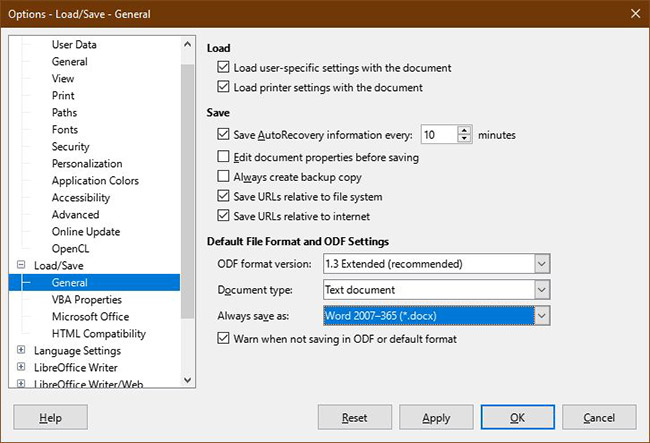
To set .docx as the default file type for saved files, go to Tools > Options > Load/Save > General > Always save as and choose .docx. Of course, if you mainly want to use LibreOffice Writer as your PDF editor, you can choose .pdf instead of, replace.
Once you have selected a file type, click Apply.
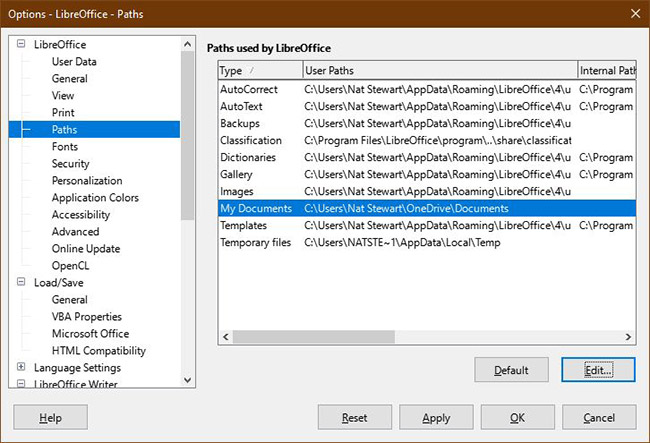
To set OneDrive as the default save location, go to Tools > Options > LibreOffice > Paths. Select a named path My Documents and choose Edit. Navigate to folder OneDrive and click Select Folder > Apply.
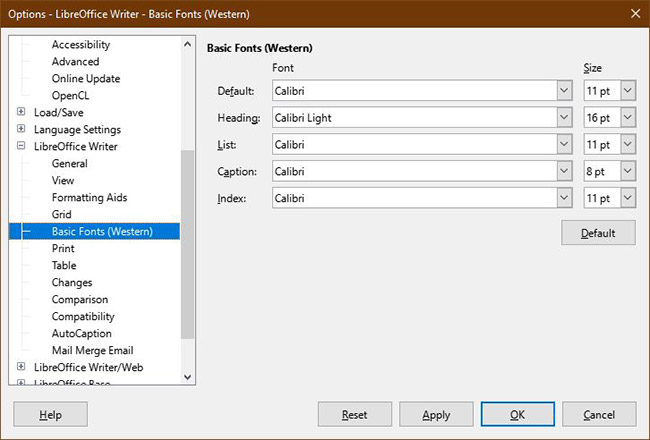
To set default options for fonts, go to Tools > Options > LibreOffice Writer > Basic Fonts. Set options Default Fort “Calibri” and Heading Fort “Calibri Light”. Click Apply.
4. Set file compatibility
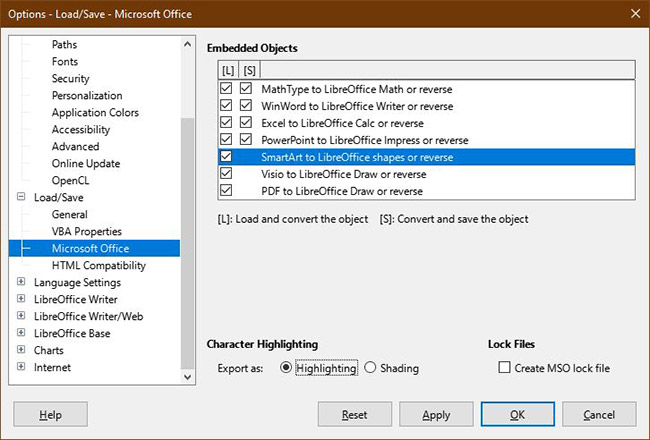
To make sure files created in other programs will open without problems, open Tools > Options > Load/Save. Tick SmartArt to LibreOffice shapes or reverse And change Character Highlighting Fort Highlighting. Click Apply.
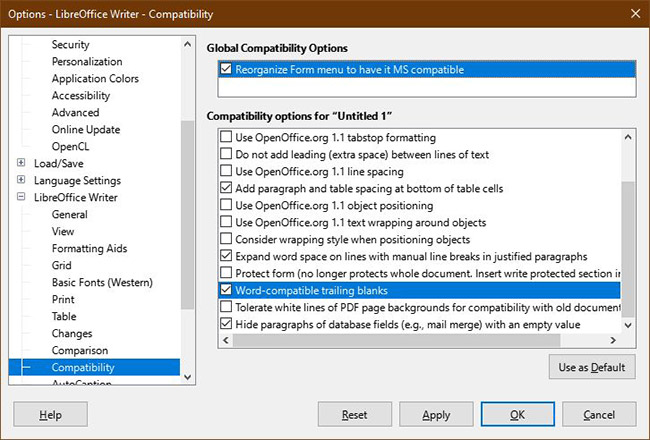
You’ll also want to make sure that the files you create in LibreOffice Writer open properly in Microsoft Word. For example, Writer has several options for creating forms, but some of them don’t work in Microsoft Office.
To limit to compatible form elements only, go to Tools > Options > LibreOffice Writer > Compatibility. Once you’re there, tick the Reorganize Form menu so it’s MS compatible.
In the same menu, tick Word-compatible trailing blanks. This causes LibreOffice Writer to automatically add spaces after a paragraph, the way Word does. If you use blank lines instead, paragraphs will have too much space in Word.
Click Apply to save the changes.
5. Import styles and templates
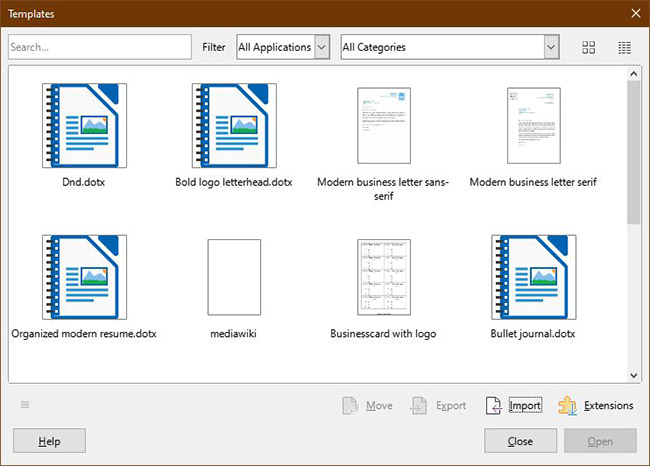
You can continue to use templates from Microsoft Word, even after the product has been deactivated. You can do the same for individual style presets, such as custom headers.
First, go to File > Templates > Manage Templates or press CTRL + Shift + FEMALE, one of LibreOffice’s many keyboard shortcuts. In the menu Templates, Please choose Import. You’ll need to select a category or create a new one if none of the presets match.
The templates you have downloaded from Word are in C:UsersUSERNAMEAppDataRoamingMicrosoftTemplates
Style presets for titles, lists, etc. are stored in C:UsersUSERNAMEAppDataRoamingMicrosoftQuickStyles.
Remember to change “USERNAME” to your username!
With these settings adjusted, LibreOffice Writer should be much easier to get used to. You can find all the features you love in Microsoft Word and keep working without interruption.
Once you get used to the program, you should explore all the possible ways to customize and organize files. For example, you can merge multiple related documents into a single master document (Master Document), change the default font, or encrypt a document with a password.
Source link: How to set up LibreOffice Writer to run like Microsoft Word
– https://techtipsnreview.com/






